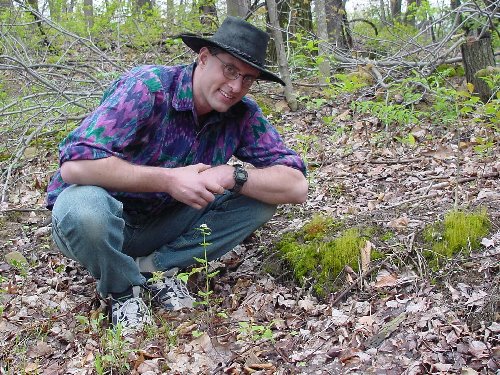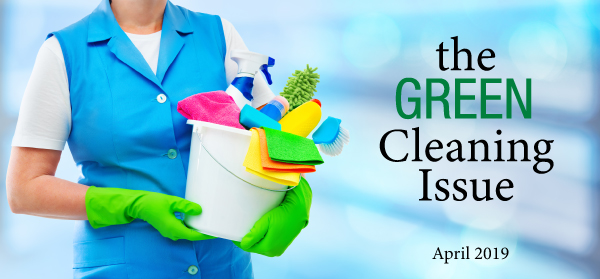Scientists and health professional still seeking the “perfect” disinfectant.
The healthcare profession has long held a reasonably common set of criteria for the ideal disinfectant:
- be fast acting, even in the presence of organic substances, such as those in body fluid (resistant to inactivation
 )
) - be effective against all types of infectious agents without destroying tissues or acting as a poison if ingested (broadly active)
- easily penetrate material to be disinfected without damaging or discoloring the material (not poisonous or otherwise harmful)
- be easy to prepare and stable even when exposed to light, heat, or other environmental factors (penetrating; not damaging to non-living materials)
- be inexpensive and easy to obtain and use (stable; easily prepared)
- not have an unpleasant odor (not unpleasant to work with)
(quoted from the lecture outline of Stephen T. Abedon [Ph.D., Microbiology] of Ohio State University for Microbiology 509)
Veterinarian Dr. Shawn E. Seitz agrees in his 2012 white paper “The Ideal Disinfectant,” citing the same six plus a few more (highlighted) to consider:
- Neutral pH (preferably 6.5 – 7.5)
- Excellent cleaning ability
- 1:64 concentrate (2 oz per gallon of water)
- Cost effective
- One-step functionality
- Facility sparing – compatible with the composition of the surfaces you are cleaning
- Hard water compatible
- Ability to function in an organic load
- Environmentally friendly – specifically friendly to the indoor environment and the air we breath
- Safe – specifically safe in the face of accidental ingestion, inhalation, or absorption through skin
- Ease of use
- Pleasant fragrance
- Spectrum of activity
The common thread – scientists, specifically health scientists, have developed a pretty clear goal that the evolution of cleaning and disinfecting products should keep in front of them. That’s why when Modern Cleaning began researching and testing products claiming to achieve cleaning and disinfection without chemicals, we developed this profile of the Ideal Chemical Free Cleaner:
- Cleans as effectively as a well-tested and proven traditional cleaners using chemical detergents, surfactants,
 and/or disinfectants
and/or disinfectants - Poses minimal risk to humans, indoor pets, and the indoor and outdoor environments
- Has a small (or smaller) carbon footprint (from manufacturing through disposal)
- Rinses clean, leaving no residue
- Quickly reverts to inert elements
- Manufactured on site (at the cleaning event)
Despite the continual evolution of products and equipment that come closer and closer to meeting these ideals, to date “the ideal disinfectant doesn’t actually exist because the extremes of safety and efficacy are often at odds with one another in usage applications and during product development,” according to Dr. Seitz. What we know about particularly the manufacturing and shipping impacts on product development and what we know about the effects of the disposal process on our outdoor environment is largely speculative, as few have made such scientific inquiry a priority.
What we can test and measure is the influence of reduced chemicals on how clean the products and tools can leave the indoor environment and how much “less dirty” that same environment becomes from week to week when a chemical free cleaning procedure is used.






